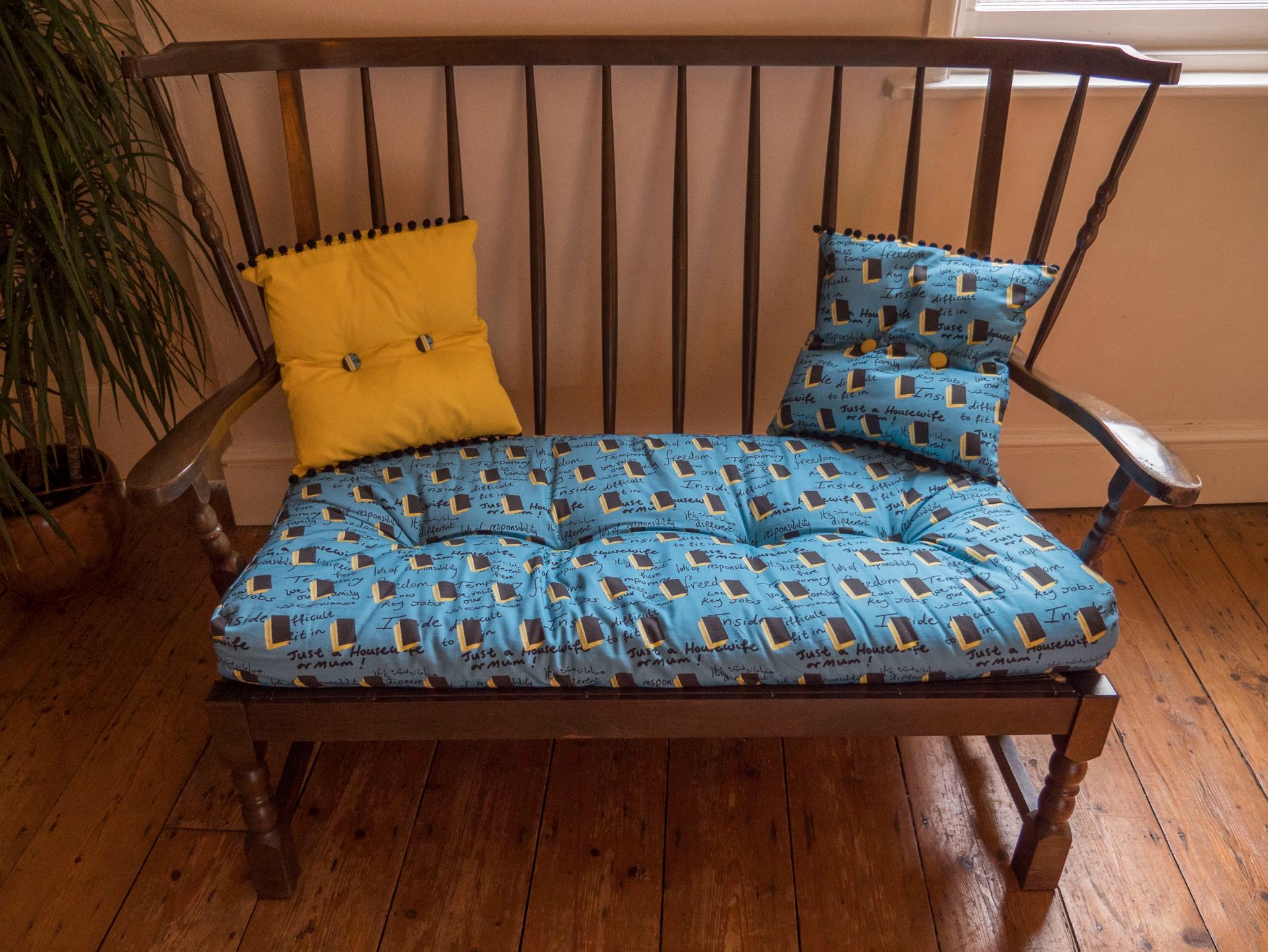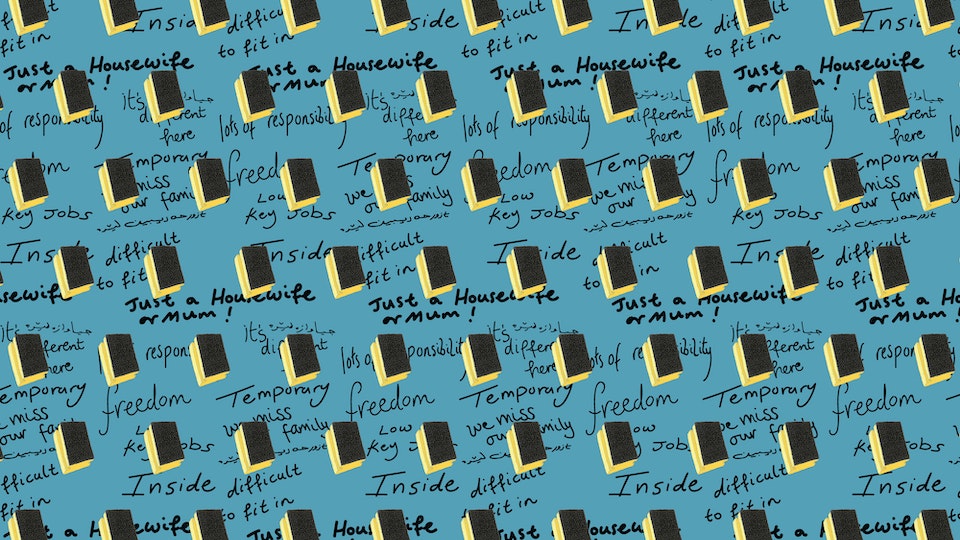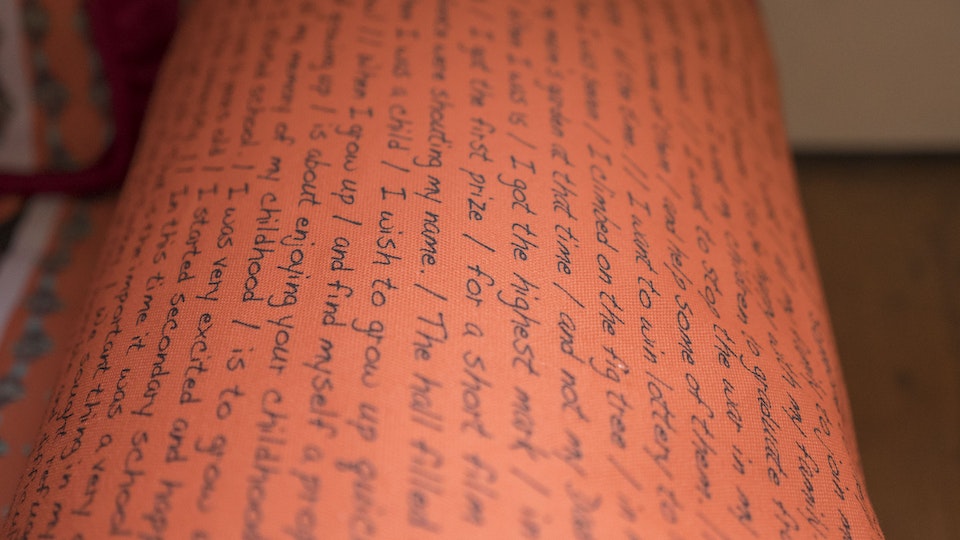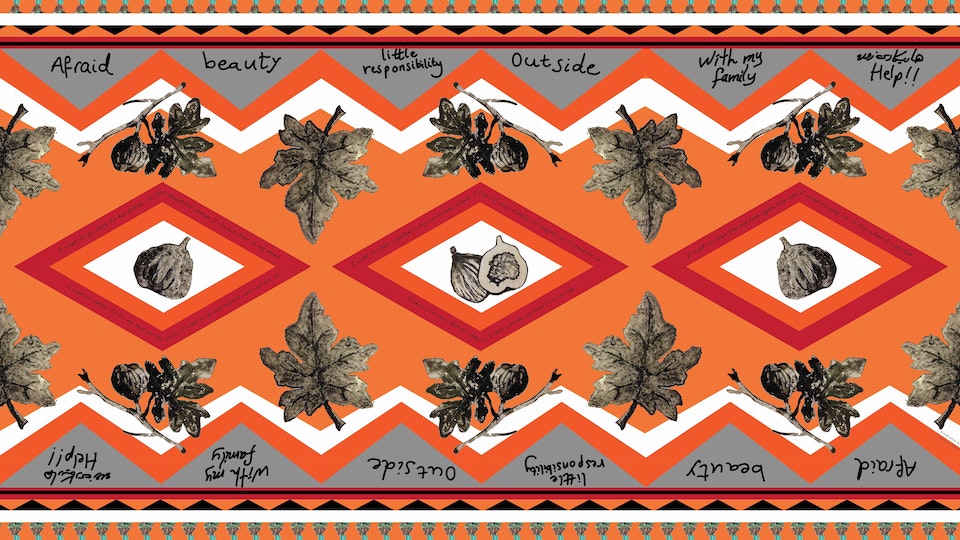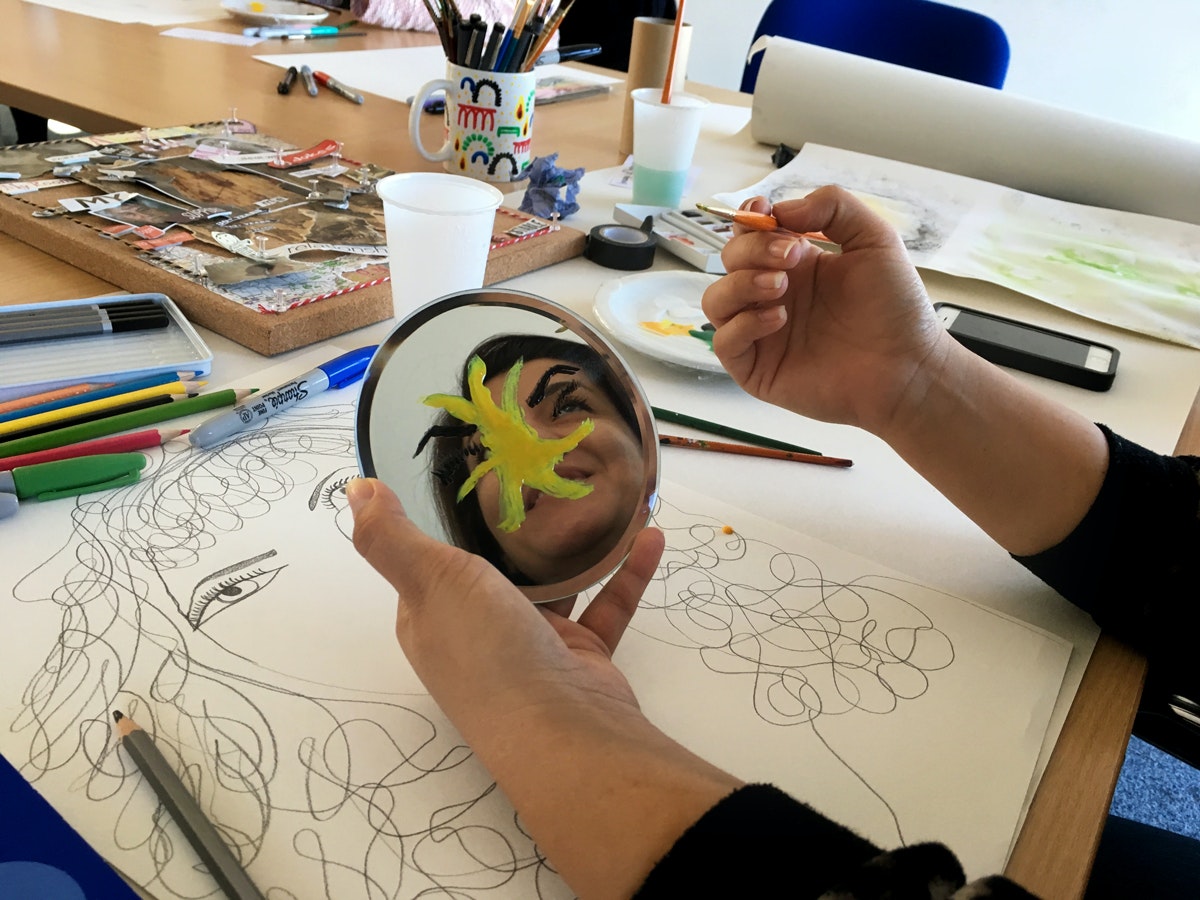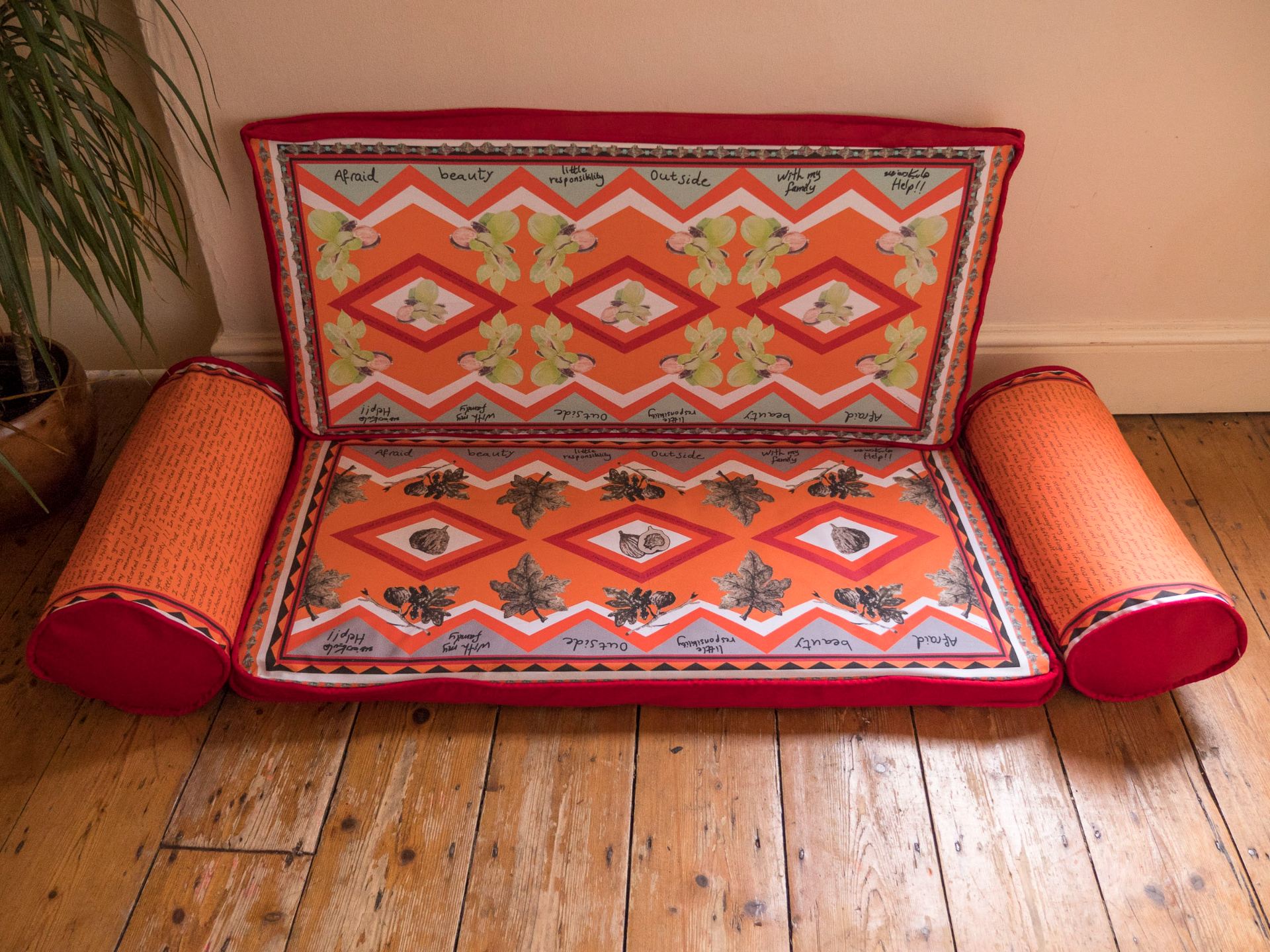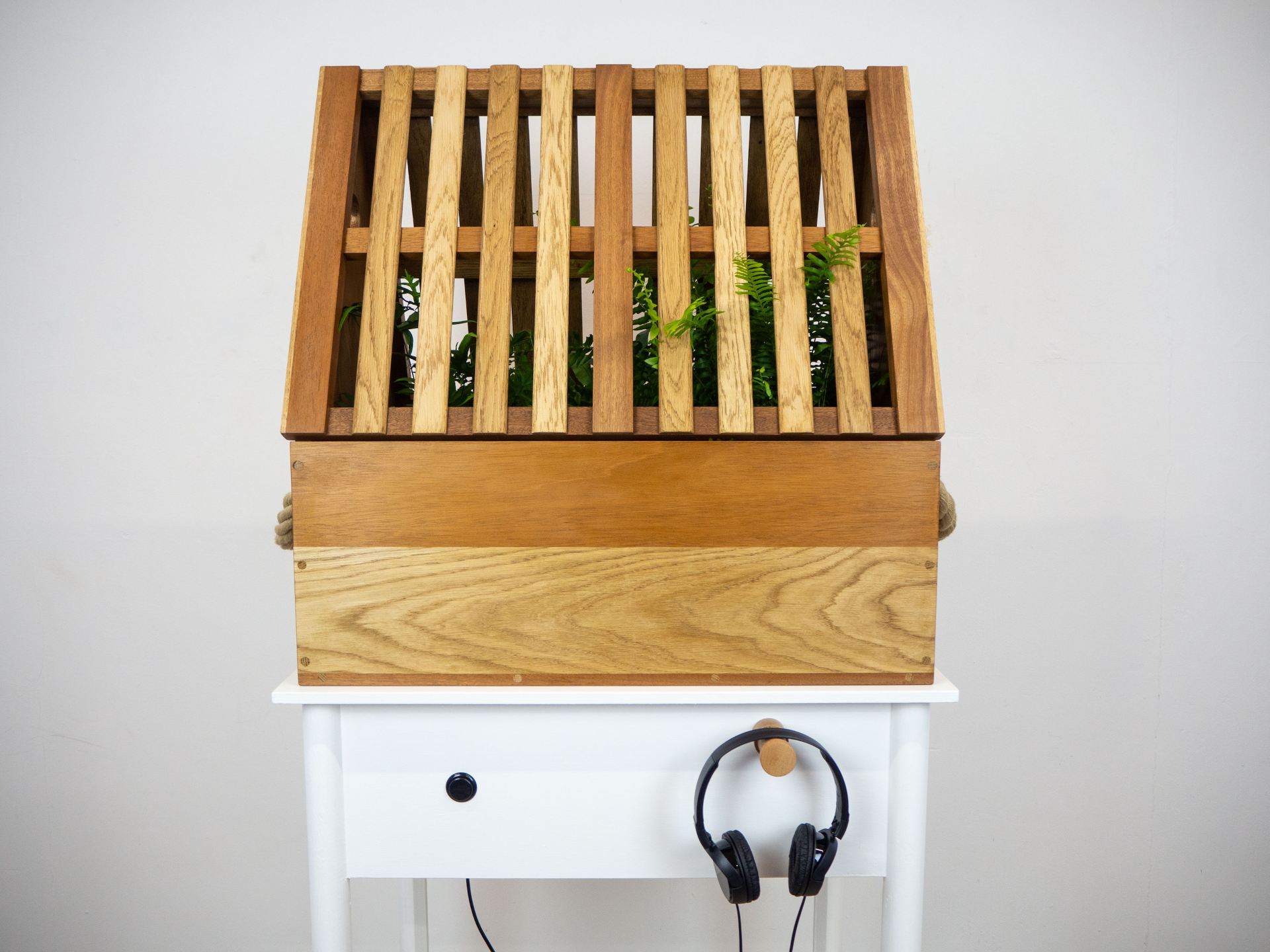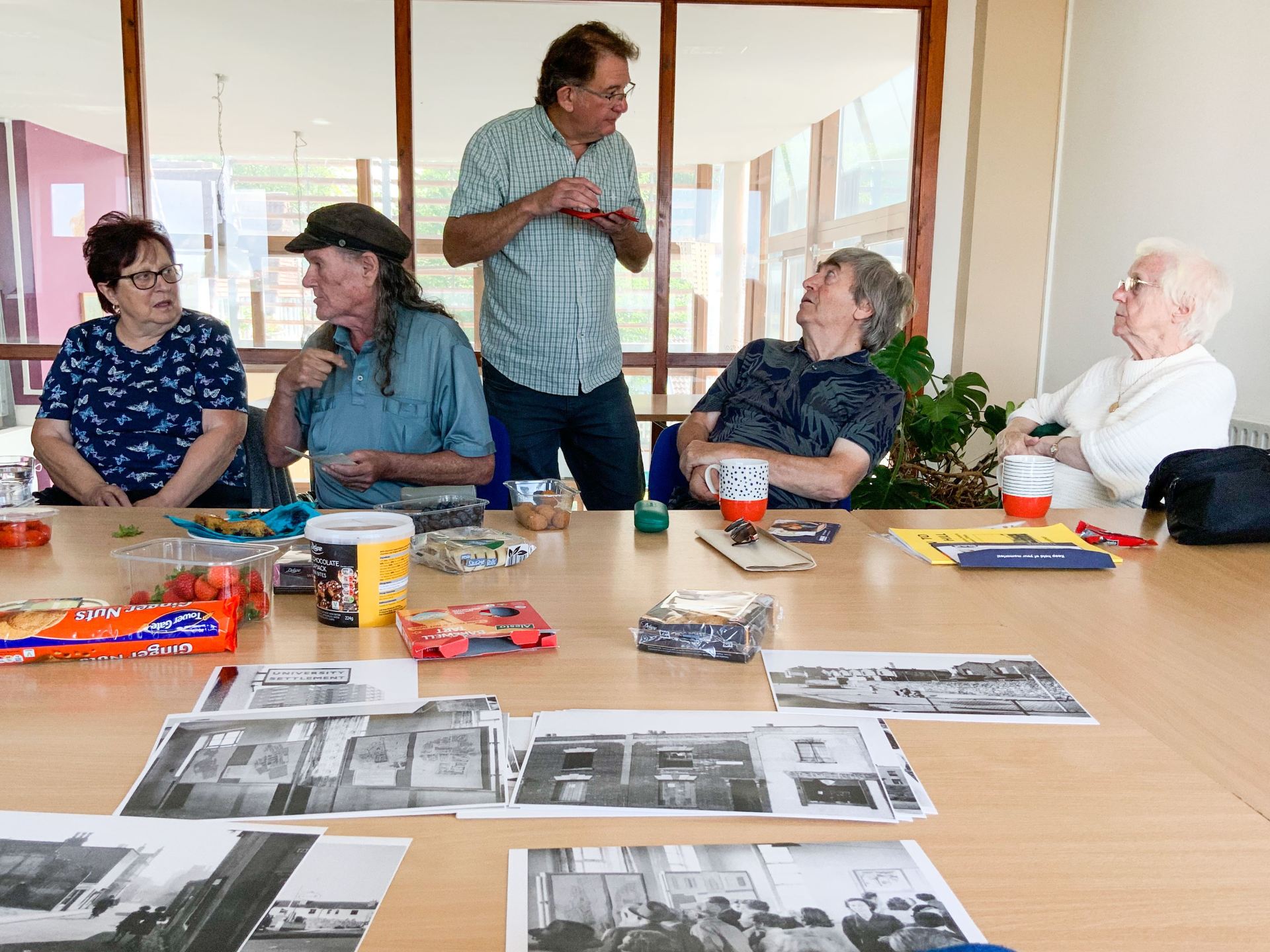HERE/THERE: To be a woman was commissioned in 2017 by Dr Emma Williamson, School for Policy Studies, University of Bristol, as part of a research project into gender-based violence and displacement. The collaboration between artist Eleanor Shipman and author and women’s rights journalist Sian Norris consisted of four creative workshops with a group of women who have experienced displacement mainly from Iraqi Kurdistan, resulting in the design of two fabrics and creation of two chairs, a project newspaper and piece of short fiction.
The project revealed the tense in-between space the women, and many others, are living within. Moving from one patriarchy to another, existing in a temporary interim, the perception of HERE shifting in lived reality, the memory of THERE nostalgic under the smell of cloves. Family traditions are remembered and plump figs reached out for, only to find them dry, imported, drawn in two dimensions and black and white.
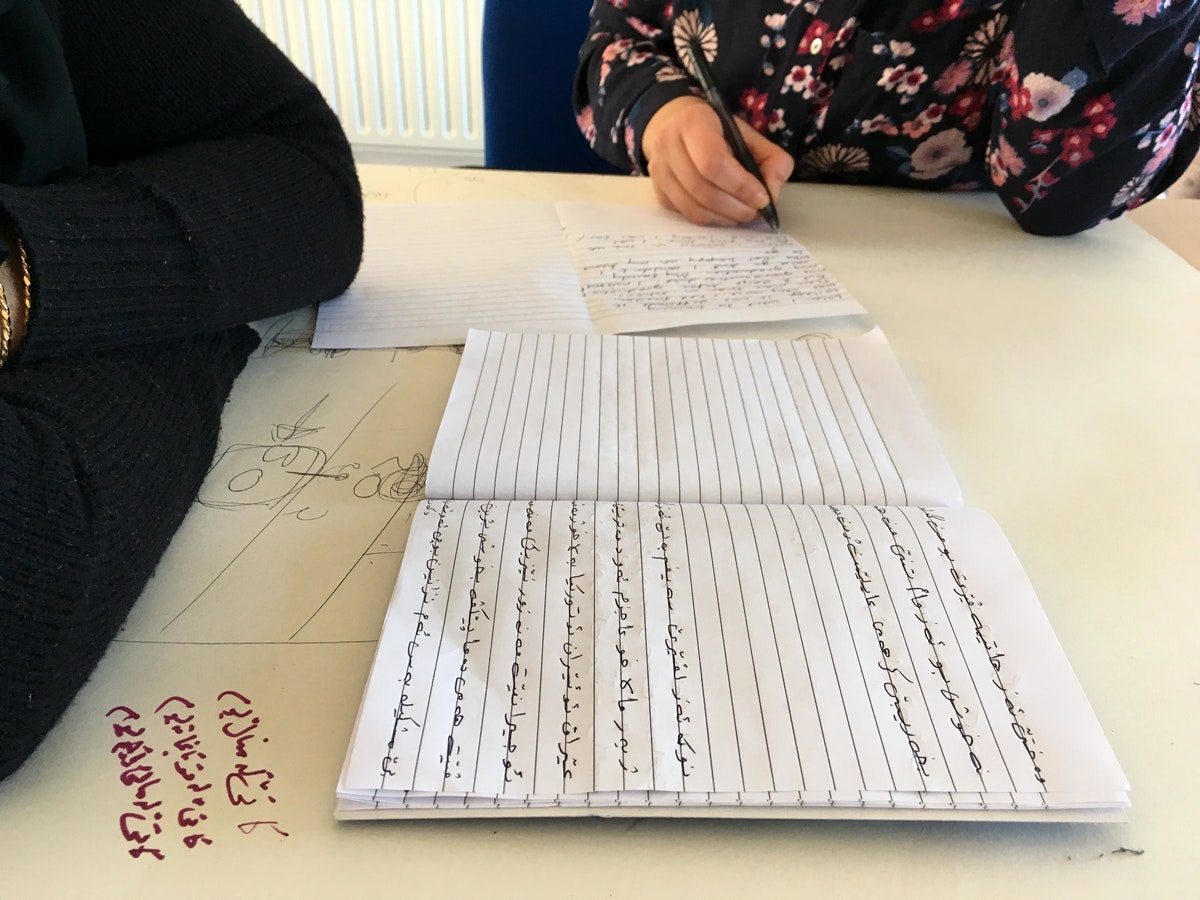
This project explored this ‘/’ slash: the interim. The workshops attempted to create and reclaim an in-between space where we are all welcome, where we can be women together, sharing stories, triumphs and tribulations, laughter and tears.
The fabric for the HERE chair and THERE cushions were inspired by and feature the women’s stories, poetry and illustrations. These fabrics were digitally printed and made into cushions for a Western stick-back sofa and a Middle Eastern-inspired floor cushion set.
The two HERE and THERE chairs are a pair, one alone without the other, both existing in time and space together. A physical, functional object to comfort, to nurture, to be used, to work hard, to be worn down, to be repaired, to hold a narrative, to be part of life. The chairs embody a physical place, a place to sit, a place to read, to reflect – a place to be.
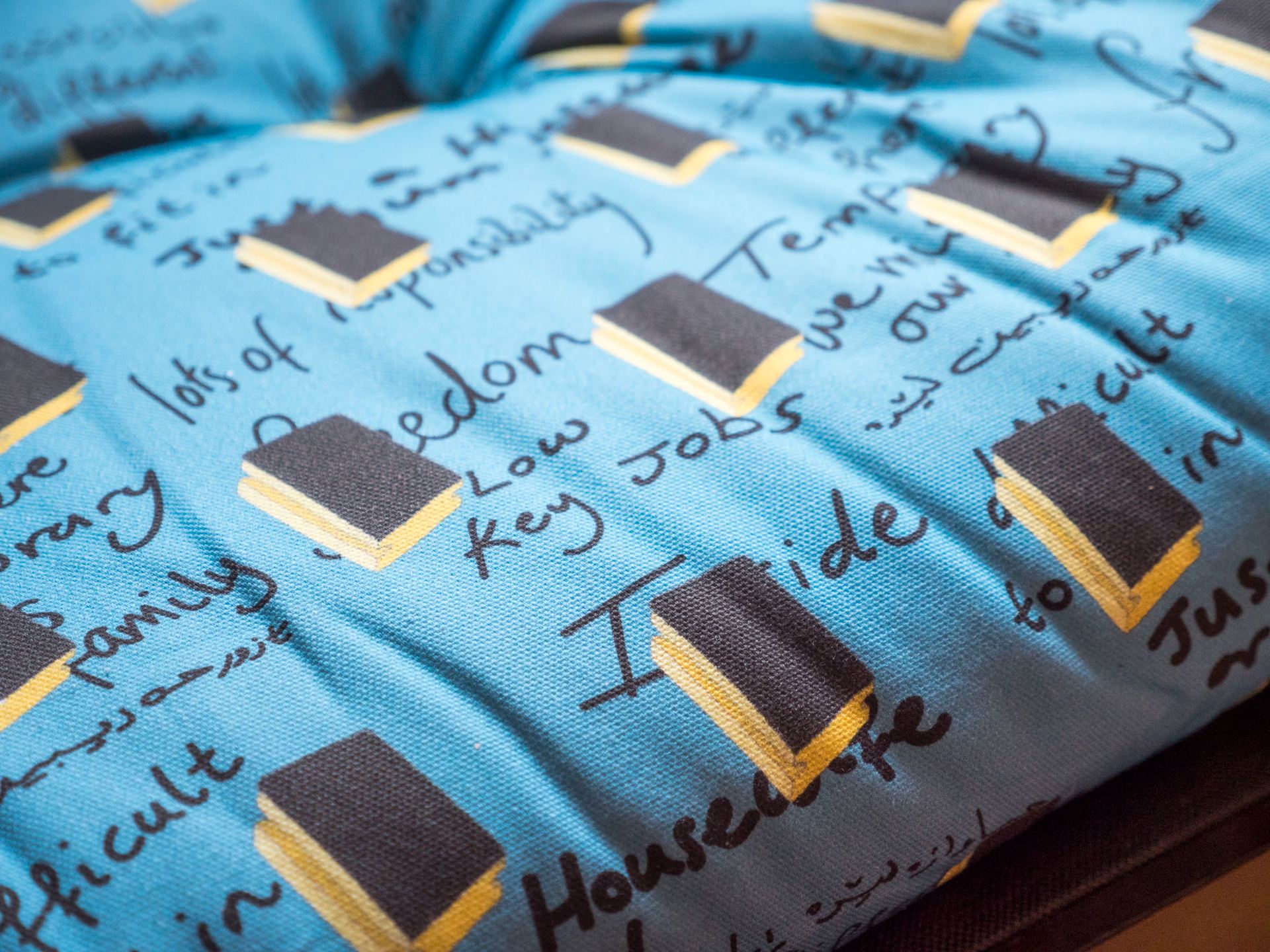
Injurious Effect, 2022
Injurious Effect by Ellie Shipman is a public artwork, commissioned by Bristol Digital Futures Institute to be on permanent display in their new innovation hub housed in the Victorian Gas Works on Avon Street.
Shipman worked with accounts from residents in the Barton Hill History Group, interviews with historians Garry Atterton, Pete Insole and Dr James Watts as well as local oral histories of the gas works in Avon Street – collected by researcher Lena Ferriday – to create an audio artwork and sculpture inspired by a Wardian Case.
The sculpture was fabricated by Jack Stiling of Stiling’s Workshop.
The Wardian case, popular in Victorian homes to protect plants from perceived pollution from gas lights, explores the relationship between innovation, the fears and perceptions of technology, and societal change, prompted by the history of the building that was the former headquarters of the Bristol Gas Company.
The Bristol Gas Company introduced gas and gas lighting to Bristol, transforming the way residents lived and worked in positive and negative ways.
Bristol Digital Futures Institute commissioned the installation for their newly renovated home to illustrate the history of innovation on the site from the last 200 years with the question: How can innovation protect what already exists, be used for good and mitigate harm?
The audio piece reflects on the impact of gas across Bristol and beyond: from local memories of children being sent to collect ‘coke’ (coal) in prams and homemade Go-Karts for their families’ fires; to the historic industrial development of the Feeder Canal, Barton Hill and East Bristol; the Gas Workers Strikes of 1889 and the domestic and societal implications of gas as an innovation.
Bristol Digital Futures Institute was launched in 2019 to transform the way digital technology is created for a more inclusive, prosperous and sustainable society. The £100m Institute, funded by UK Research Partnership Investment Fund (UKRPIF), is pioneering a different approach to digital technology innovation, bringing together social and technological expertise from across the University of Bristol and partners in academia, industry, government and local communities.
Listen to the audio piece here
“It was recommended by some horticultural experts to give plants the protection of a Wardian case (used for transporting plants from across the globe) if there was a gaslight in the room. Gas was associated with air pollution which posed a constant threat to horticultural activities. “The fumes, or products of combustion, of coal-gas have a more injurious effect upon plant-life than anything else,” wrote B. C. Ravenscroft in his handbook Town Gardening (1883).”21”
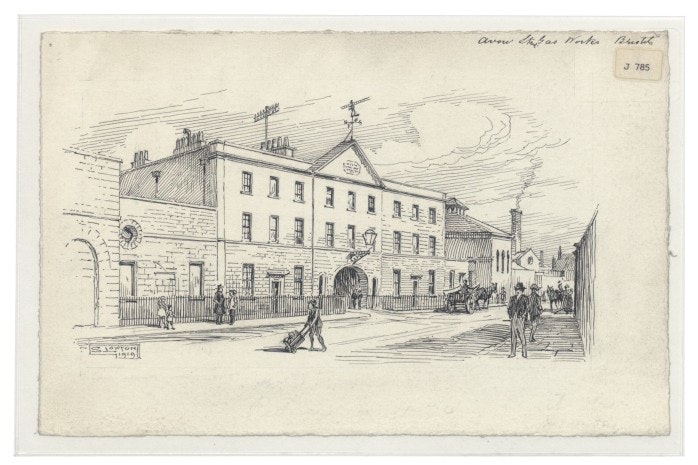
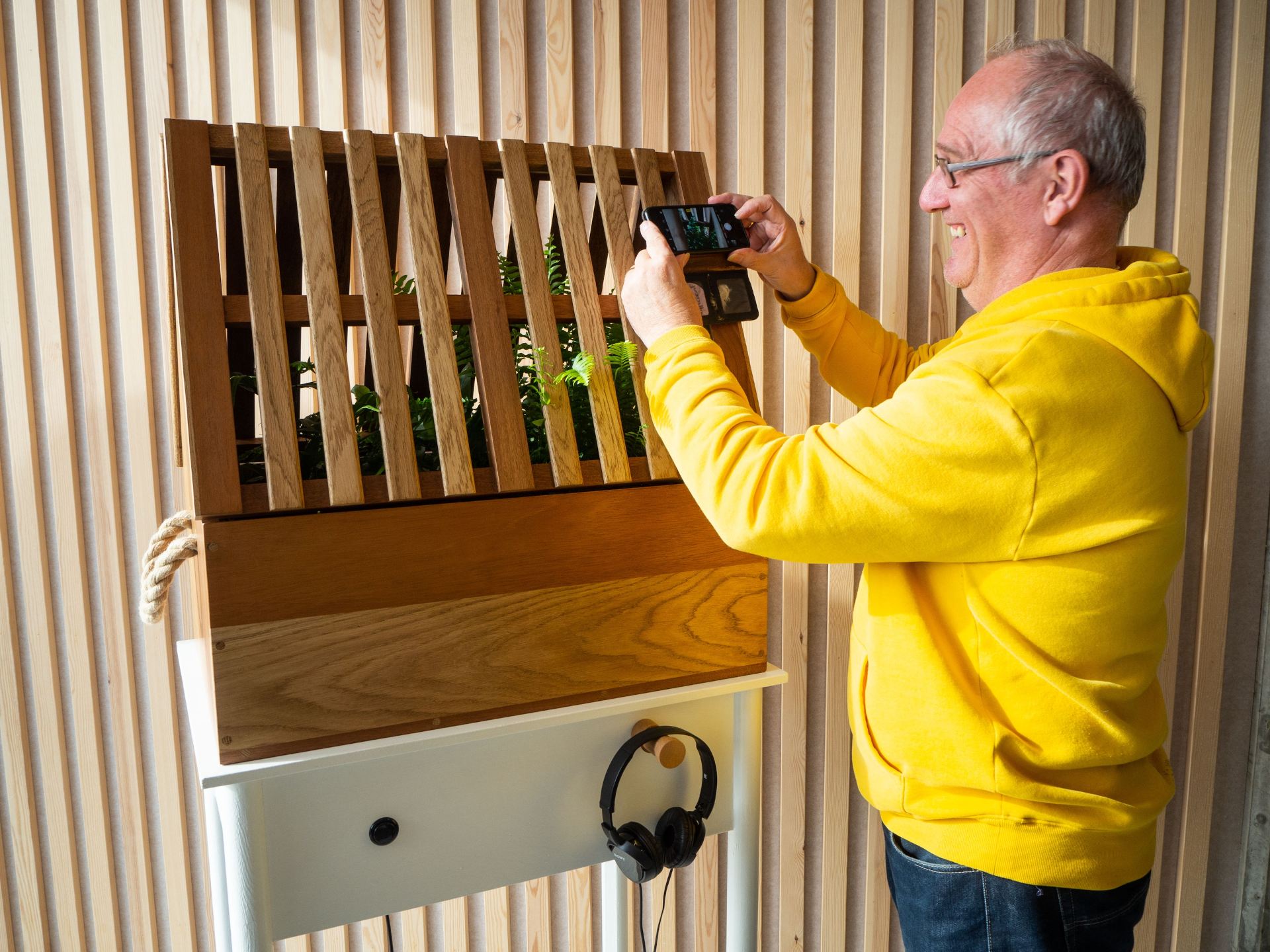
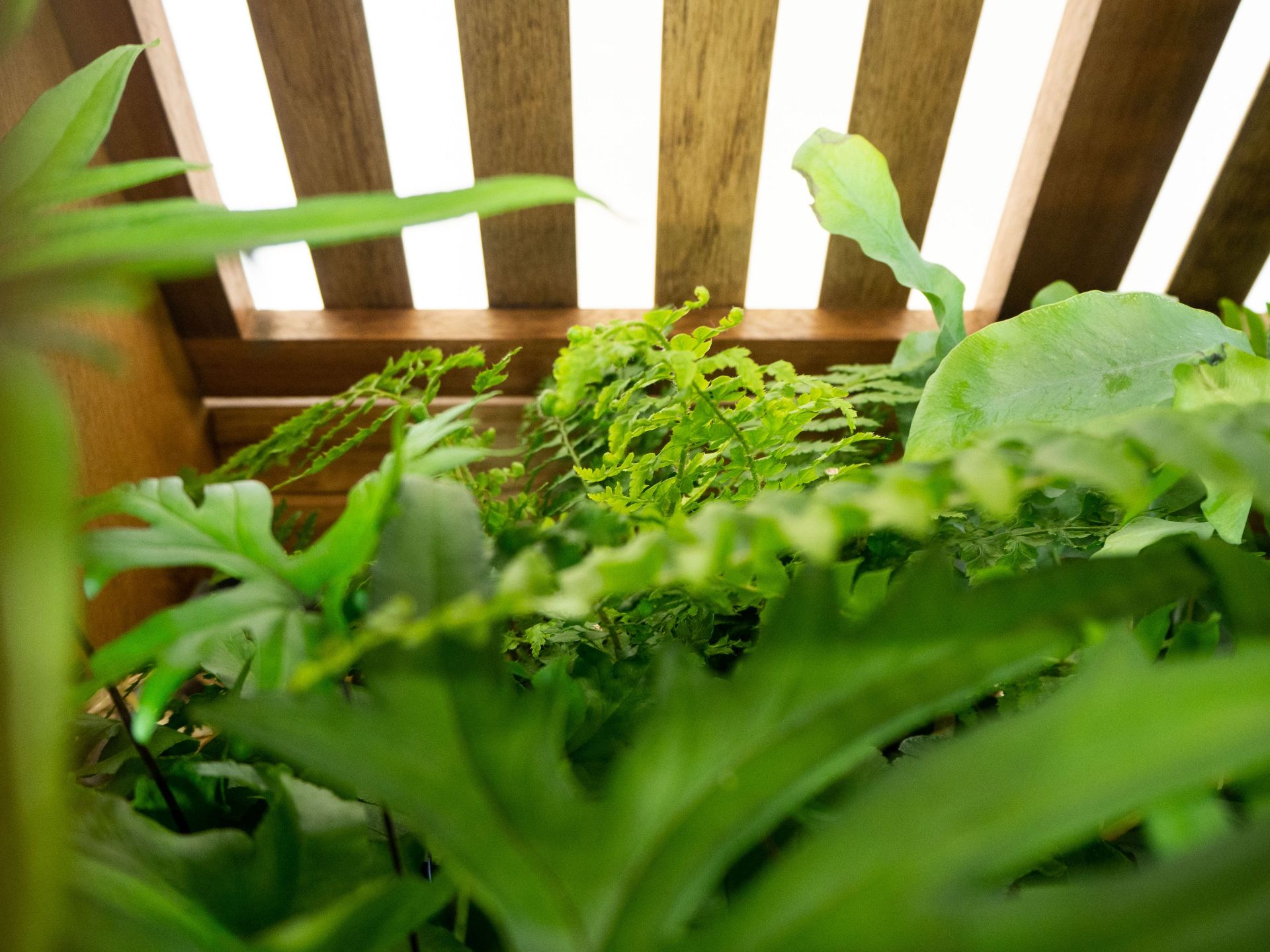
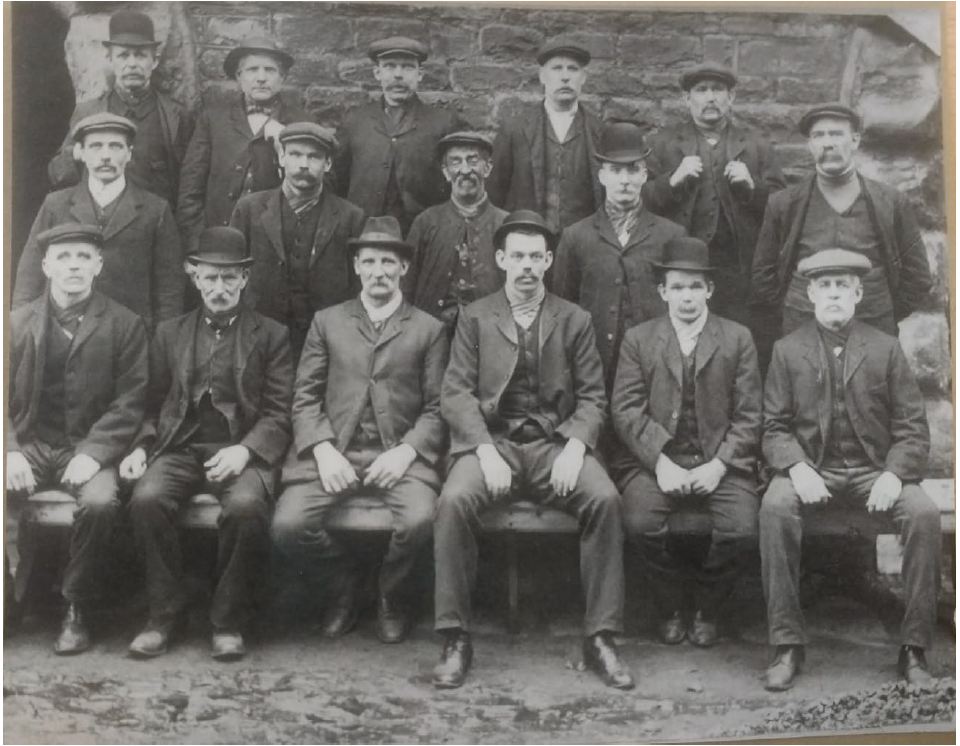
Fear of the new, of change and hidden or unseen implications have always gone hand in hand with socio-technical innovation. This artwork invites reflection on the past, present and future of innovation in Bristol through the symbol of a Wardian Case, which represents innovation and all the wondrous possibilities and harmful impacts it can bring.
Eleanor Shipman
Eleanor Shipman is a participatory artist and illustrator living in Bristol, UK, and working around the world. Debate around sustainability, urban change, what it means to be a woman and notions of community underpin her creative practice.
Eleanor studied BA Fine Art (First Class Hons) at Chelsea College of Art from 2008 – 11 writing her thesis on the role of temporary public art in urban regeneration. Eleanor completed a research year for her art practice in 2016 through studying MSc Sustainable Development in Practice (Distinction) at the University of the West of England where she wrote her thesis ‘Swell, breach, absorb: How can participatory art use Asset-Based Community Development methodologies to catalyse more climate-resilient communities?’.
Further resources relating to Injurious Effect
- “Avon Street Gasworks and Bristol’s Gas Industry: A Bristol history of innovation, and lessons for our digital future” by Dr James Watts and Lena Ferriday was published by Bristol Digital Futures Institute. They were supported by Professor Richard Owen, Professor Tim Cole and an academic advisory group.

